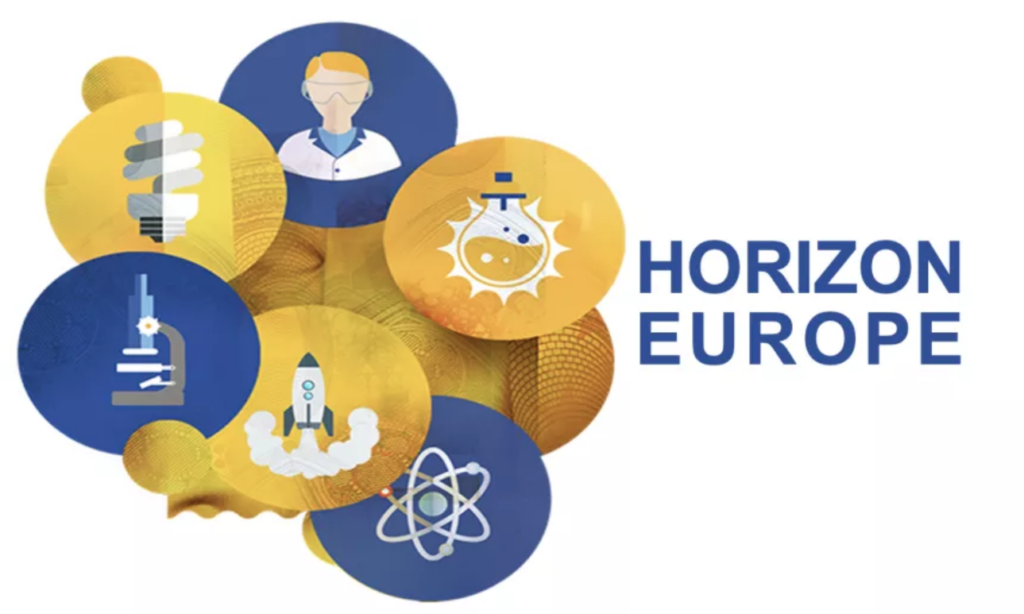It’s easy to be intimidated by the big wings of European funding programmes, but if you’re heavy on R&D, there really are many opportunities. Read our experiences with applying for Horizon Europe here.
As an inventor company with a long and risky path from idea to finished product, we rely on venture capital to bring new products to market.
Fortunately, there are many opportunities for funding in Denmark. But this probably also meant that in the first years of the company, we refrained from applying for the larger European funds – simply because it seemed too heavy and uncertain to succeed.
But consider this: the EU’s key funding programme for research and innovation, Horizon Europe, has a budget of €95.5 billion until 2027. Which should make anyone interested in funding opportunities take a closer look.
A long-term opportunity
In Horizon Europe, there is a strong focus on R&D and environment and growth. The money is spread across many pools with different requirements, so there is a lot to get on board before applying.
In general, soft funding like Horizon Europe is long-term and therefore requires a lot of patience. In addition, you need a good project and a good product that has real climate and market potential + a strong group of partners with all the right competencies. In other words: You can’t “fake it till you make it”.
But if you fall within the descriptions of the pools and the project has substance, the doors are open.

A year of legwork
The times we have applied for European funding, it has typically been a year-long process. You warm up the partnership and the product in the spring. Then you have to prepare and describe it in the run-up to the application deadline in September. Then you get a response in the New Year, and then you can start the actual project a year after you started.
That’s why it takes a lot of hard work and a sense of timing to succeed. Because even if the project is right, it also needs to have the right “Technology Readiness Level”: You need to have enough major challenges left that require venture capital to solve – but you also need to be far enough along that it’s realistic to succeed.
It may sound like a lot of work, and it really is. That’s why we also teamed up with a skilled private consultant. And with the right consultant on board, we have been successful with both process and funding (Conhoist was the project receiving the funding), even though there are so many things to keep track of.
That’s why our recommendation is to work with an external consultant or agency – and even with their help, it takes serious effort to succeed. On the other hand, you don’t have to be afraid of the large EU apparatus.
We have received one grant and we are currently writing the next one. Not because it’s necessarily better than Danish foundations, but it’s a good alternative that opens up more to foreign partners. And if the project has substance, there are open doors – and huge funding opportunities.
